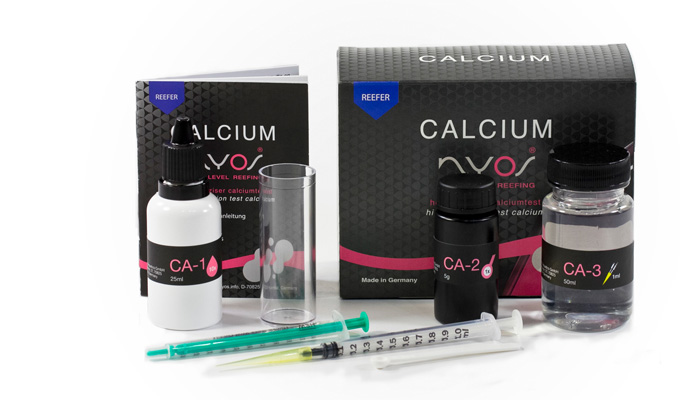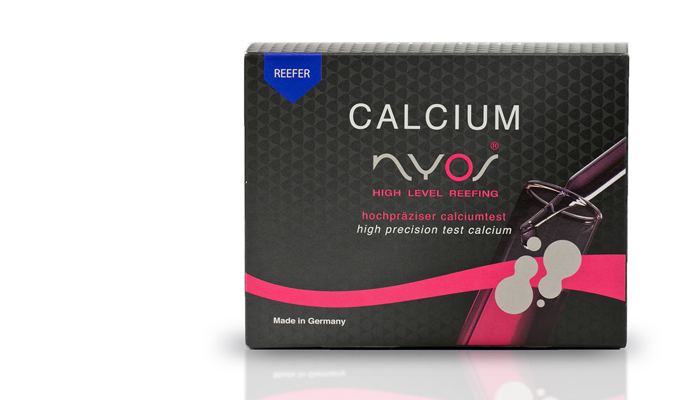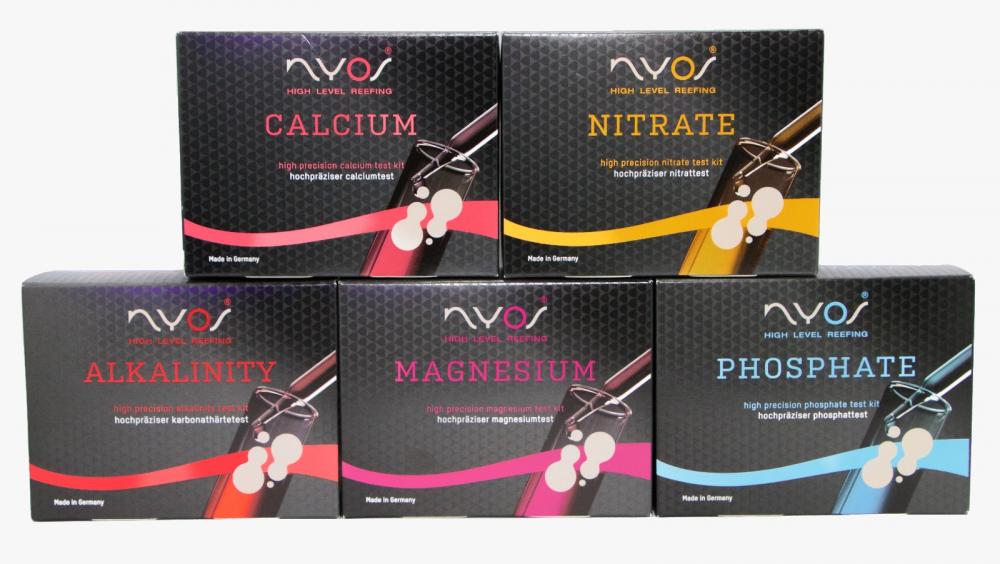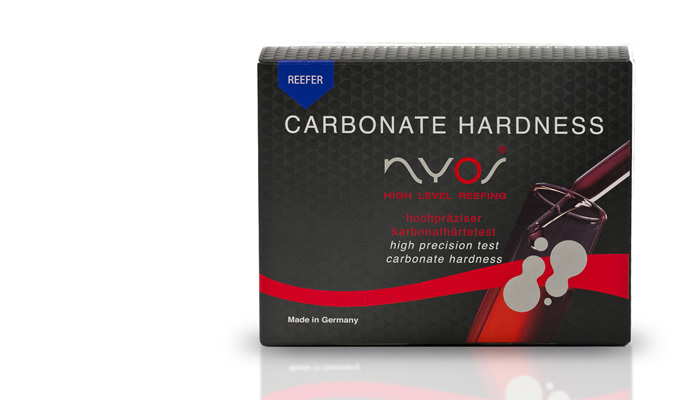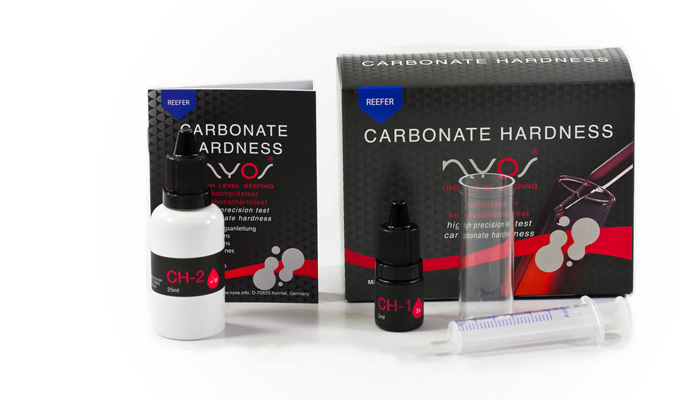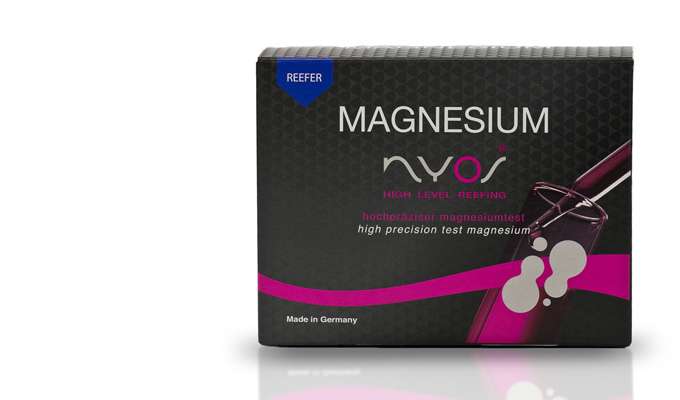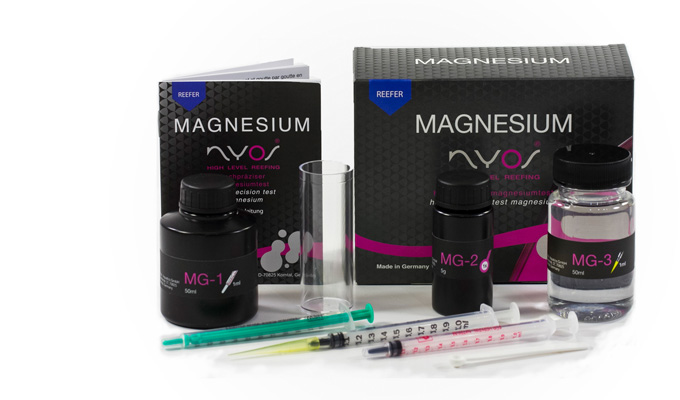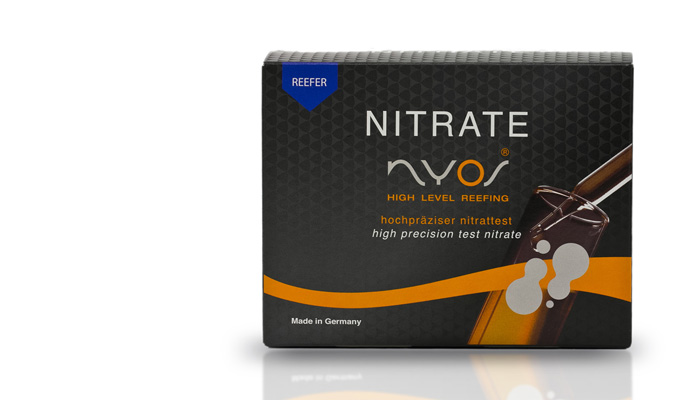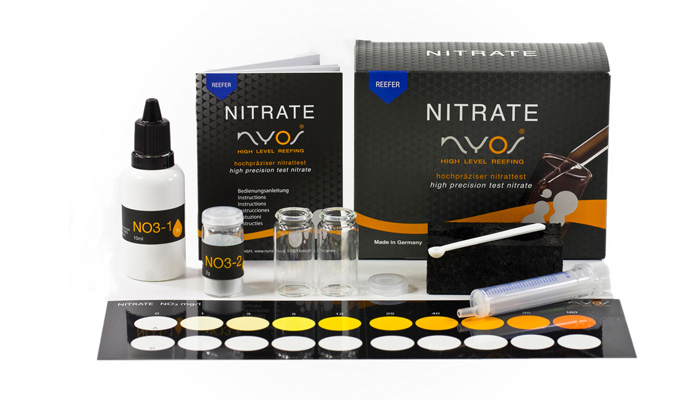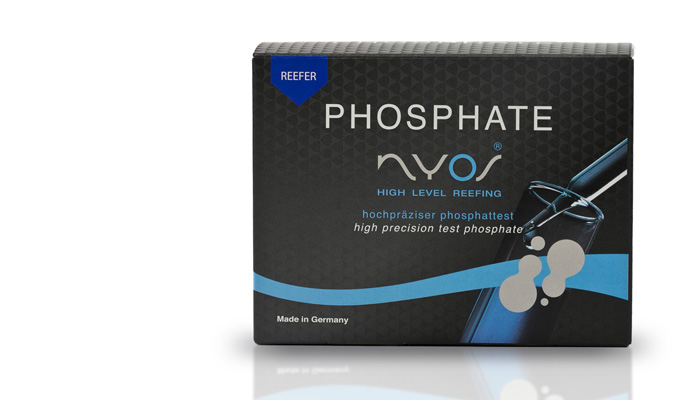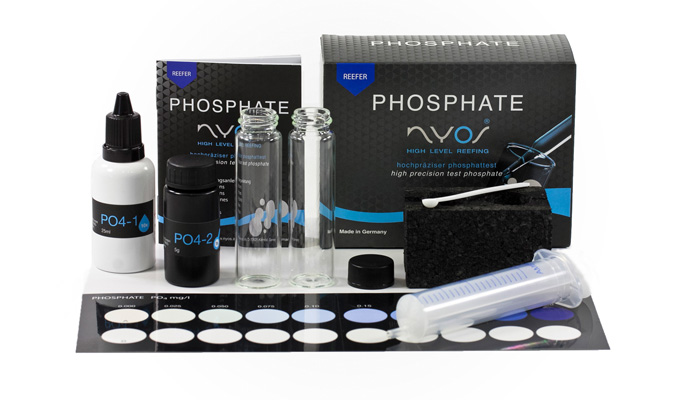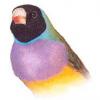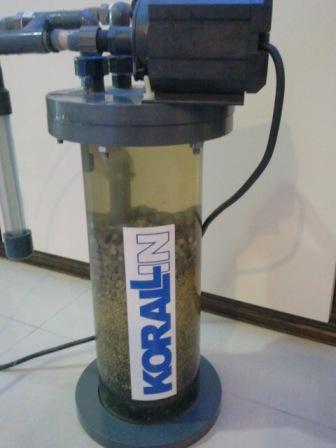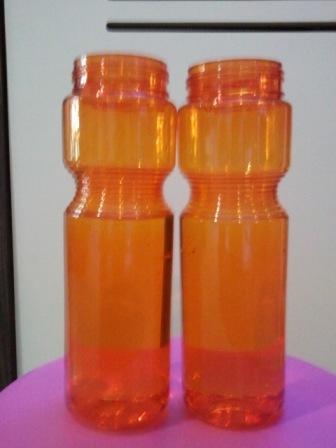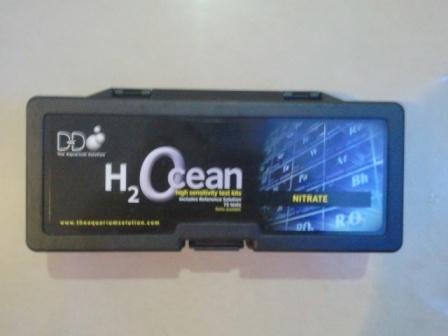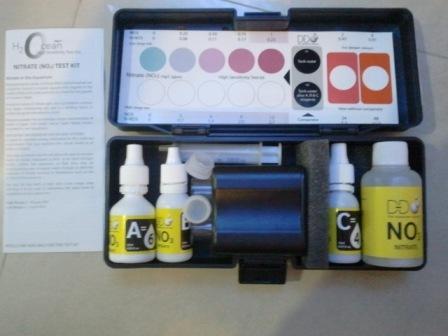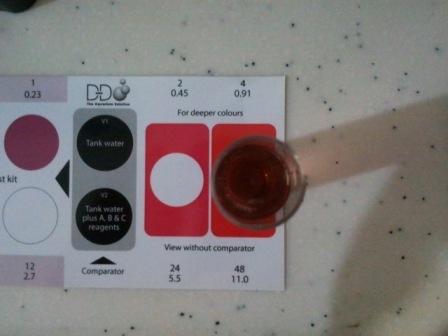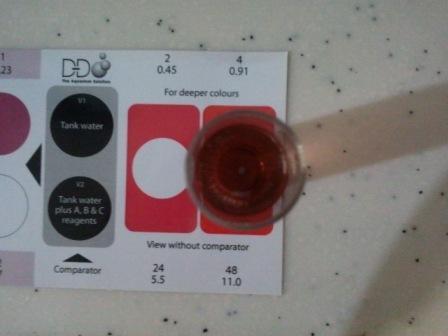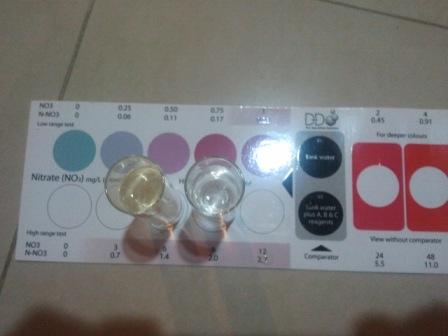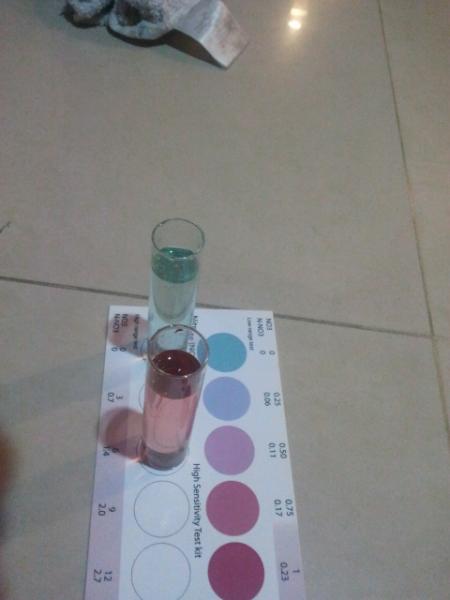Search the Community
Showing results for tags 'nitrate'.
-
A recent post in Pasar Malam re-kindled my interest in Sulpur Denitrator. Professor Guy Martin from Ecole Nationale Supérieure de Rennes was believed to be the first person to applied the sulphur denitrification into freshwater treatment for public. In 1991, Marc Langouet, who is a student of...
- 10 replies
-
- Nitrate
- Nitrate Reactor
-
(and 2 more)
Tagged with:
-
Dear Reefers, Today I have some question in mind that wish some of you can answer for me! Will give my gratitude before asking the question. Thank you 1: How long does it take for a bio pellet to work ( as in melt and start reducing nitrate) 2: Can you dose vodka and run bio pellet at same time?...
- 8 replies
-
- skimmer
- bio pellet
-
(and 4 more)
Tagged with:
-
Hi All, I need some advice for my peace of mind: Tank Info: * 3x1x1.5 display (will post picture soon) * lights T5 aquazonic 2 actinic and 2 white (planning to change to ATI soon plus addition of some LED) * with IOS, with rocks and foam(replace every 2 weeks) * no sump (as of the moment...

